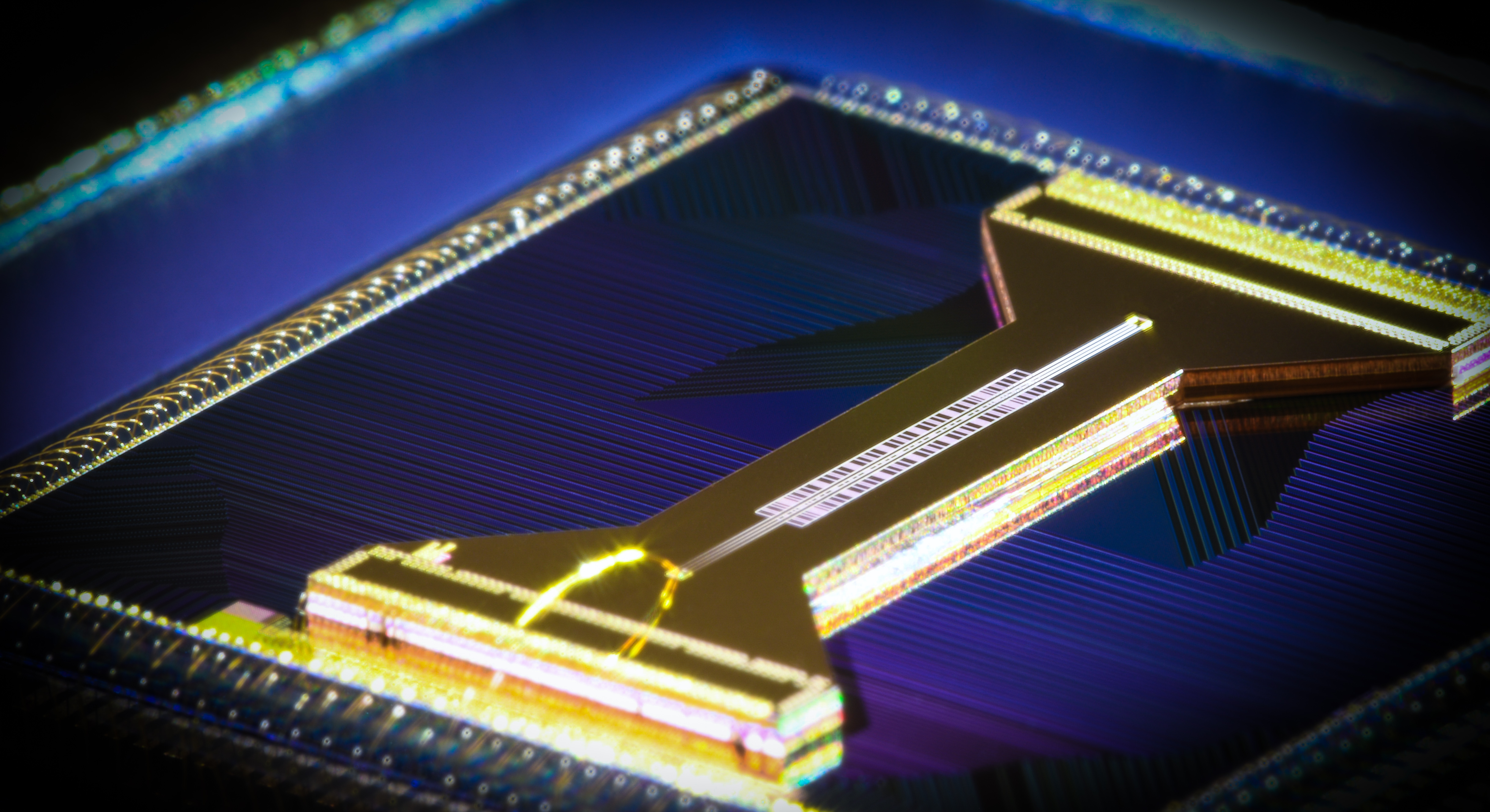Source: Microsoft
“The best-kept secret in quantum computing.” That’s what Cambridge Quantum Computing (CQC) CEO Ilyas Khan called Honeywell‘s efforts in building the world’s most powerful quantum computer. In a race where most of the major players are vying for attention, Honeywell has quietly worked on its efforts for the last few years (and under strict NDA’s, it seems). But today, the company announced a major breakthrough that it claims will allow it to launch the world’s most powerful quantum computer within the next three months.
In addition, Honeywell also today announced that it has made strategic investments in CQC and Zapata Computing, both of which focus on the software side of quantum computing. The company has also partnered with JPMorgan Chase to develop quantum algorithms using Honeywell’s quantum computer. The company also recently announced a partnership with Microsoft.
Honeywell has long built the kind of complex control systems that power many of the world’s largest industrial sites. It’s that kind of experience, be that that has now allowed it to build an advanced ion trap that is at the core of its efforts.
This ion trap, the company claims in a paper that accompanies today’s announcement, has allowed the team to achieve decoherence times that are significantly longer than those of its competitors.
“It starts really with the heritage that Honeywell had to work from,” Tony Uttley, the president of Honeywell Quantum Solutions, told me. “And we, because of our businesses within aerospace and defense and our business in oil and gas — with solutions that have to do with the integration of complex control systems because of our chemicals and materials businesses — we had all of the underlying pieces for quantum computing, which are just fabulously different from classical computing. You need to have ultra-high vacuum system capabilities. You need to have cryogenic capabilities. You need to have precision control. You need to have lasers and photonic capabilities. You have to have magnetic and vibrational stability capabilities. And for us, we had our own foundry and so we are able to literally design our architecture from the trap up.”
The result of this is a quantum computer that promises to achieve a quantum Volume of 64. Quantum Volume (QV), it’s worth mentioning, is a metric that takes into account both the number of qubits in a system as well as decoherence times. IBM and others have championed this metric as a way to, at least for now, compare the power of various quantum computers.
So far, IBM’s own machines have achieved QV 32, which would make Honeywell’s machine significantly more powerful.
Khan, whose company provides software tools for quantum computing and was one of the first to work with Honeywell on this project, also noted that the focus on the ion trap is giving Honeywell a bit of an advantage. “I think that the choice of the ion trap approach by Honeywell is a reflection of a very deliberate focus on the quality of qubit rather than the number of qubits, which I think is fairly sophisticated,” he said. “Until recently, the headline was always growth, the number of qubits running.”
The Honeywell team noted that many of its current customers are also likely users of its quantum solutions. These customers, after all, are working on exactly the kind of problems in chemistry or material science that quantum computing, at least in its earliest forms, is uniquely suited for.
Currently, Honeywell has about 100 scientists, engineers and developers dedicated to its quantum project.
Honeywell says it will soon launch the world’s most powerful quantum computer



